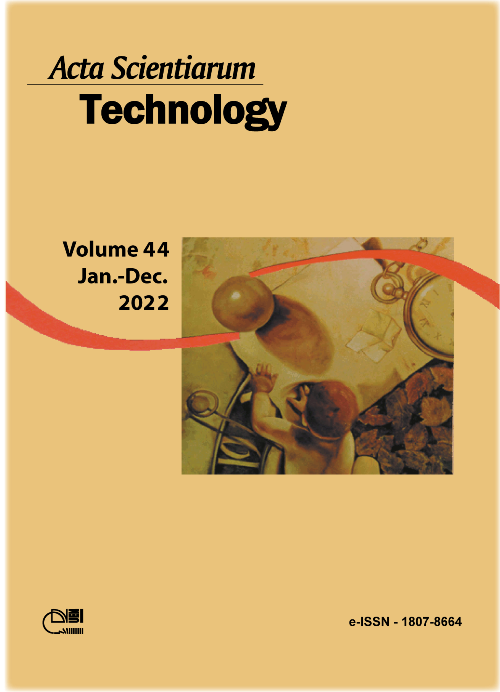Physiological response of the protective enzymatic mechanism of Pontederia parviflora Alexander caused by chromium absorption stress
DOI:
https://doi.org/10.4025/actascitechnol.v44i1.59876Keywords:
Phytochellatyns; reactive species oxygen; heave metal; chlorophyll; phytotreatmentsAbstract
The use of plants to eliminate organic or inorganic compounds is one of the alternatives for environmental treatment, but to guarantee the efficiency of process is necessary to know the effects in plant metabolism. This study sought to evaluate the enzymatic mechanism involved in the protection of the metabolism of Pontederia parviflora Alexander caused chromium absorption stress. The experiment was carried with solution of chromium (III) in three concentrations (10, 50 and 100 ppm) in the period of four days and evaluations daily. The concentration of chromium in the solution influenced the form of storage of metal in the tissues of plants. In 24 hours, there was increase of glutathione in the root in 10ppm solution and in 50 and 100 ppm the accumulation of glutathione occurs in the stem, coinciding with the peak absorption metal (48 hours). The activity of the catalase was higher in the roots, the peroxidase showed higher activity at the 50 ppm concentration, and the guaiacol had similar activity to catalase. The tolerance of P. parviflora in response to chromium stress occur for complex mechanisms, phytohormone-producing as significantly regulated under Cr stress and the formation of phytoquelatins was in sync with the absorption of metal. Due to the tolerance shown by P. parviflora, it becomes important for the environmental treatment of contaminated water.
Downloads
References
Downloads
Published
How to Cite
Issue
Section
License
DECLARATION OF ORIGINALITY AND COPYRIGHTS
I Declare that current article is original and has not been submitted for publication, in part or in whole, to any other national or international journal.
The copyrights belong exclusively to the authors. Published content is licensed under Creative Commons Attribution 4.0 (CC BY 4.0) guidelines, which allows sharing (copy and distribution of the material in any medium or format) and adaptation (remix, transform, and build upon the material) for any purpose, even commercially, under the terms of attribution.
Read this link for further information on how to use CC BY 4.0 properly.











8.png)




